The Hybrid Model of Human Creativity and AI Efficiency
𝗜𝗻𝘁𝗿𝗼𝗱𝘂𝗰𝘁𝗶𝗼𝗻
Have you ever wondered how artificial intelligence can work alongside human ingenuity? The intersection where human creativity meets AI efficiency is a fascinating realm. This fusion is what I like to call The Hybrid Model. In a world rapidly embracing technology, understanding this model can enhance our productivity and innovation. Through this blog post, I’ll share insights into how the hybrid model can positively impact our work and creativity.
The hybrid model isn’t just a theory; it’s already shaping industries. It’s finding its way into marketing, design, healthcare, and even education. Companies are looking for ways to integrate AI tools to streamline tasks, allowing creative minds to focus on what they do best. However, it’s essential to remember that the human touch is irreplaceable in many aspects. Let’s explore this exciting hybrid model and how it can benefit us all.
𝗥𝗼𝗹𝗲 𝗼𝗳 𝗛𝘂𝗺𝗮𝗻 𝗖𝗿𝗲𝗮𝘁𝗶𝘃𝗶𝘁𝘆
In our daily lives, we realize that creativity isn’t just for artists or musicians. Each one of us has the capacity for creative thinking, whether we’re solving problems at work or crafting a memorable experience. Human creativity often involves intuition, emotion, and understanding context. These attributes are unique to us and difficult for AI to replicate.
Statistics suggest that jobs requiring creativity and human insight are less likely to be automated. According to a report, 37% of jobs in the U.S. are at risk from automation, but those in creative fields are more stable. This fact supports the importance of creativity in the workplace. With this in mind, the hybrid model values human creativity as the driving force behind innovative ideas, strategies, and solutions.
In the hybrid model, machines perform repetitive tasks or analyze vast amounts of data while humans contribute the vision and emotional intelligence necessary for making informed decisions. This leads to a more productive environment where both parties can shine.
𝗖𝗼𝗺𝗽𝗹𝗲𝗺𝗲𝗻𝘁𝗮𝗿𝘆 𝗥𝗼𝗹𝗲 𝗼𝗳 𝗔𝗿𝘁𝗶𝗳𝗶𝗰𝗶𝗮𝗹 𝗜𝗻𝘁𝗲𝗹𝗹𝗶𝗴𝗲𝗻𝗰𝗲
Artificial Intelligence offers capabilities that enhance efficiency in the workplace. AI is not here to replace us but to empower us through the hybrid model. It can process information and analyze data at speeds no human can match. For instance, an AI can sift through thousands of research papers, finding relevant data that would take a person days or weeks to compile.
What this means for us is that we can focus on the creative tasks—deciding which research to pursue, developing ideas, and creating compelling narratives. This synergy allows for more profound, richer results in our projects.
A recent survey indicated that 75% of professionals believe that AI improves their job performance. This statistic shows that many have started to embrace the hybrid model. As we integrate AI into our workflows, we also become more versatile and innovative.
𝗔𝗱𝘃𝗮𝗻𝘁𝗮𝗴𝗲𝘀 𝗼𝗳 𝗧𝗵𝗲 𝗛𝘆𝗯𝗿𝗶𝗱 𝗠𝗼𝗱𝗲𝗹
The adoption of the hybrid model comes with numerous advantages. First and foremost, it promotes efficiency. When we delegate routine tasks to AI, we free up time to focus on projects that require creative thinking and human expertise.
Furthermore, the hybrid model fosters collaboration between teams. By utilizing AI tools for collaboration, teams can achieve better results faster. For example, imagine a design team using AI-driven tools to generate design options while members brainstorm and give feedback. This collaboration can lead to innovative solutions they might not have discovered independently.
Additionally, the hybrid model allows organizations to gather insights from data more effectively. With AI’s analytical power, teams can better understand customer preferences and trends, helping them drive targeted marketing strategies and product development.
Finally, the hybrid model encourages continuous learning. AI tools often come with analytics that highlight areas of improvement or success, providing feedback that enhances individual and team performance over time.
𝗥𝗲𝗮𝗹-𝗪𝗼𝗿𝗹𝗱 𝗔𝗽𝗽𝗹𝗶𝗰𝗮𝘁𝗶𝗼𝗻𝘀 𝗼𝗳 𝗧𝗵𝗲 𝗛𝘆𝗯𝗿𝗶𝗱 𝗠𝗼𝗱𝗲𝗹
Let’s discuss how you can apply the hybrid model in your own environment. Depending on your field, there are various applications. For instance, in marketing, AI can analyze consumer behavior, helping teams devise better campaigns based on consumer data while the creative team develops engaging content.
In healthcare, AI algorithms assist doctors by analyzing patient data to predict potential health issues. Doctors can focus on patient care and spend more time with those who need their expertise while the AI assists in diagnosis and treatment suggestions.
In the field of education, educators can utilize AI to personalize learning experiences. AI programs assess students’ performance and suggest resources tailored to individual learning needs, allowing teachers to concentrate on developing engaging lesson plans and mentorship.
These practical applications demonstrate that the hybrid model is not just theoretical. It has real-world implications and benefits across various sectors. By understanding and embracing it, we can position ourselves for success.
𝗦𝗲𝗿𝘃𝗶𝗻𝗴 𝗕𝗮𝗰𝗸 𝘁𝗼 𝗧𝗵𝗲 𝗛𝘆𝗯𝗿𝗶𝗱 𝗠𝗼𝗱𝗲𝗹
As we explore these practical applications, let’s consider some steps to implement the hybrid model within our own work. Start small: identify one area where AI could assist you. This could be using a project management tool or automating a specific task. Over time, you’ll discover more ways to integrate AI effectively.
Next, adopt a growth mindset. Understand that AI is here to assist and work alongside you. Embrace the change, and look for opportunities to learn how AI can enhance your processes and creativity.
Additionally, open communication with your team is essential. Share insights into how AI tools are making an impact. This transparency can lead to collective ideas on how to optimize workflows and innovative approaches, enhancing team synergy.
Finally, evaluate your progress consistently. Regularly check whether the hybrid model advancements are meeting your goals. This reflection helps ensure that you’re making the most out of this partnership, adapting as necessary.
In conclusion, the hybrid model is here to stay, and it encourages us to leverage our human creative skills while embracing the efficiency that AI provides. It’s an opportunity to rethink our approaches and workflows. By seeing AI as a collaborative partner, we can push the boundaries of what’s possible. Embrace this hybrid model, and you will likely find new avenues for creativity and efficiency that you may not have imagined before.
As you move forward in your career, remember that this is a journey of co-evolution. With time, patience, and experimentation, the blending of human creativity and AI efficiency will lead us to impressive results. So, are you ready to embrace The Hybrid Model and redefine your work? Let’s get started together!

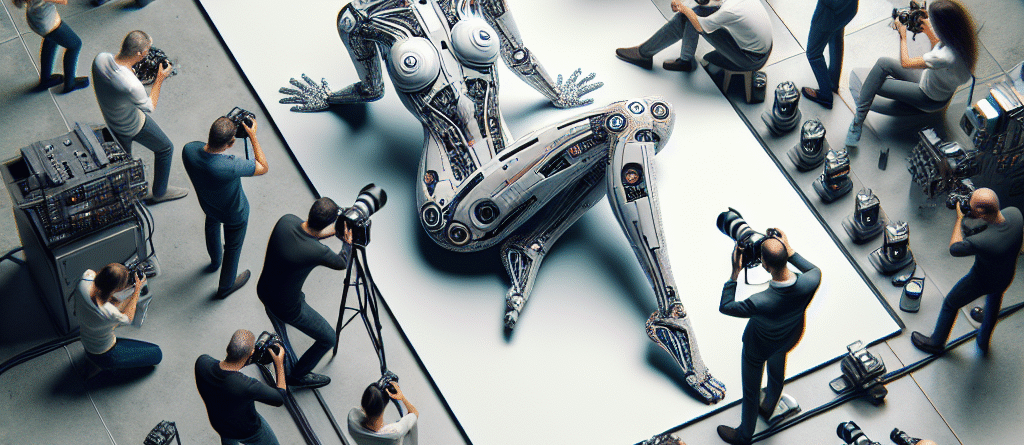


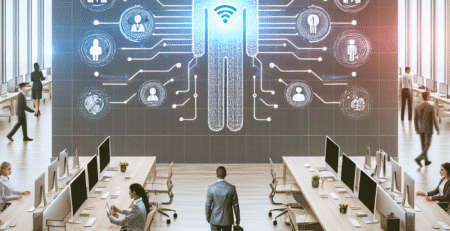


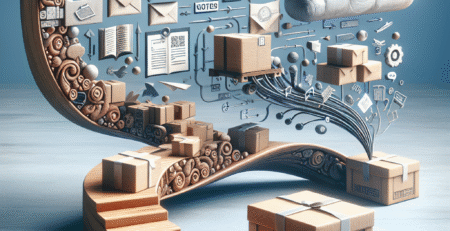

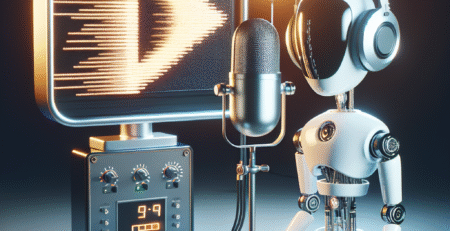
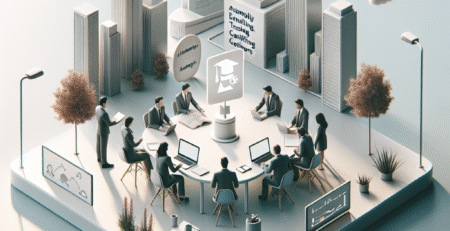

Leave a Reply